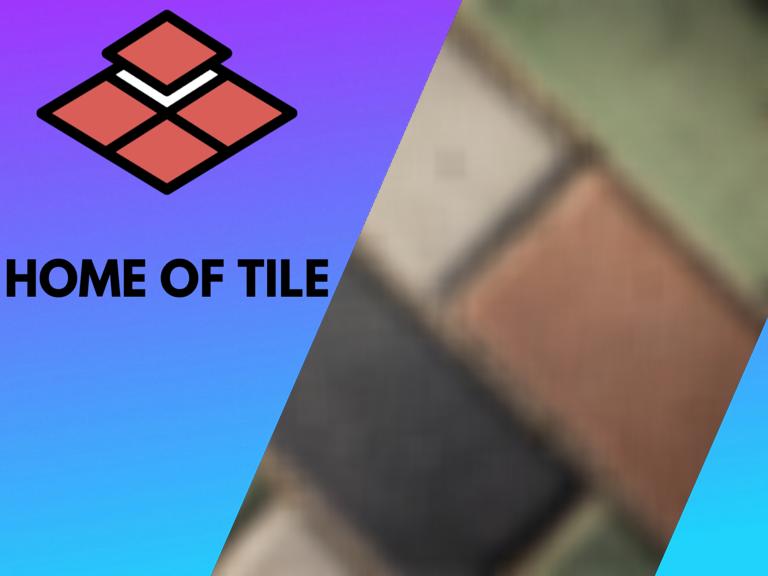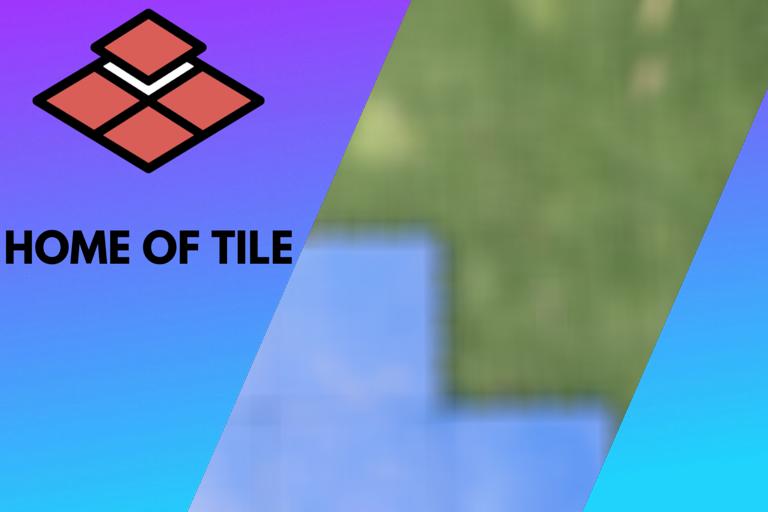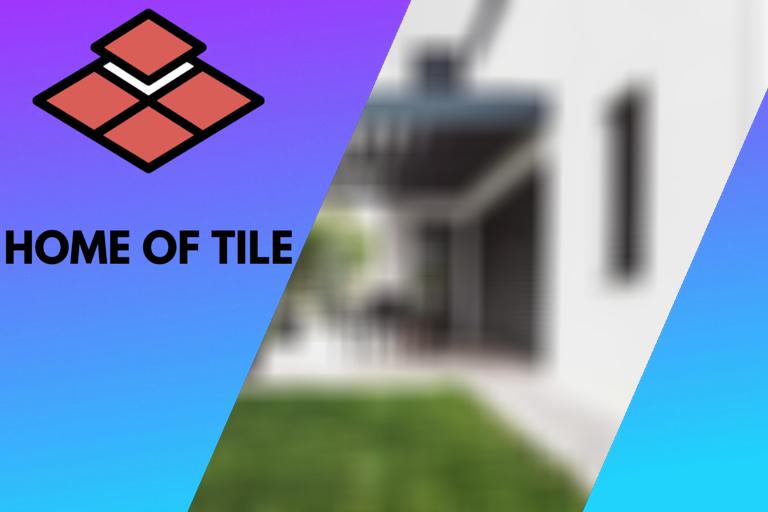Putting Deck Tiles Over Concrete? 7 Things You Should Know
Deck tiles often go on more sturdy surfaces like concrete or gravel for better results. Keep reading to find out how you can put your tiles on concrete surfaces with success.

Contents
Putting Deck Tiles on Concrete
Installing deck tiles on a concrete surface is one of the oldest paving tricks in the book. Concrete proves to be an easy and sturdy surface for installing deck tiles, and that is why many people choose this method over others, like geo fabric or gravel.
However, using concrete can get tricky because of how quickly it can dry. Therefore, going over a comprehensive guide before rolling up your sleeves can be a great help if you are looking to put deck tiles on concrete.
The process requires you to lay the concrete as evenly and smoothly as possible. This step is the most important part of putting deck tiles on concrete, as the concrete becomes the base layer of all your work. From there, it all boils down to placing your tiles evenly and pressing down on them properly enough to make them settle right.
Once all that is out of your way, you will be left with a shiny new deck, whether you choose to put it directly outdoors or just on your patio. So now, let’s take a deeper look at how this becomes possible.
Is It Possible To Put Deck Tiles Over Concrete?
You can easily put deck tiles over concrete, as it’s a sturdy enough surface for deck tiles to stick to. Therefore, putting deck tiles over concrete will yield a pleasant-looking result both indoors and outdoors.
The first thing you might want to keep in mind is that deck tiles are flexible materials that need to go on a level and durable surface. Luckily, concrete is a sturdy enough material that can hold your deck tiles in place. Moreover, using concrete before starting to put down the deck tiles will ensure that the grout keeps the tiles together with a more clean-cut look.
This is why concrete is often the go-to way of applying deck tiles of any even or uneven floor of your choosing, with uneven options being more common for outdoor aesthetic projects, such as backyard tiling or walkway tiling.
With that being said, there are more benefits to using concrete than just sturdiness. One of these benefits is the ease of application. Not only is it possible to put down deck tiles on concrete fillings, but you can also put your tiles directly down onto the concrete without any extra adhesive needed. You cannot make this direct application with other materials, such as gravel.
Now that you know how helpful concrete can be with installing deck tiles, let’s get into the more specific ways of putting your deck tiles on concrete.
Installing Deck Tiles on Uneven Surfaces
People who are not necessarily involved with outdoor scapes may try to talk you out of installing deck tiles on uneven surfaces. But the beautiful thing about using concrete before applying your deck tiles is that you get to control the surfaces.
There are three different methods of installing deck tiles on uneven surfaces, one being more common than the other. Have a look!
Installing Deck Tiles Directly
As mentioned, deck tiles can go directly on top of the concrete, and this may be the most practical solution for those of you who want a one-and-done solution to your new project.
This option also comes with a few benefits:
- Quicker installation: Putting tiles down directly on the concrete can save you time, as all you need to do is align the tiling and measure the space. Once you put down the tiles, they will require a little pressure until they are set, but after that, they will be good for many years to come.
- Smooth finish: Deck tiles on concrete provide a smooth finish. The “concrete look” that may have bothered you before will be a thing of the past.
Using Cement Board on Concrete
Using cement boards on concrete may seem redundant because, theoretically, they serve the same purpose. So why bother using both when you can just put your tiles down on concrete?
Well, using cement board on a concrete surface is a way of ensuring sturdiness. Because while the usage of cement boards is not exactly necessary where concrete is in play, it can extend the longevity of your deck tiles. Think of this like doubling down on adhesive material when you are putting up wallpaper. The cement board just provides extra security for the tiles.
Use an Uncoupling Membrane
Uncoupling membranes have recently been very popular in the tile installment industry. They are practical for many kinds of tiles—including ceramic, stone, and deck tiles—and do a great job leveling your working surface. It’s because uncoupling membranes are used as a subfloor, doing exactly what the name suggests.
When you use an uncoupling membrane, you essentially uncouple the tiling from the concrete to protect it from any future damage. Such protection comes in handy, especially if you are unsure whether the concrete you have is prone to producing cracks in the future.
Can Deck Tiles Go Over an Existing Deck?
One of the most common questions that people ask before installing deck tiles is if they can make the installment over an already-existing deck. This is often the case for people who are dealing with wood decay, usually during the renovation of an older home that already had a deck.
Deck tiles can go over existing decks. In most cases, they’re an ideal surface if there are no imbalancing faults to the deck that may throw off the smoothness of your working surface.
When the imperfections of a deck (rotting included) are spotted early, they can be fixed quickly, effortlessly, and without much financial burden.
Using a new deck tile set over an existing one can save you money in the long run, but you have to ensure that the deck underneath is pristine enough not to ruin your brand-new installment.








